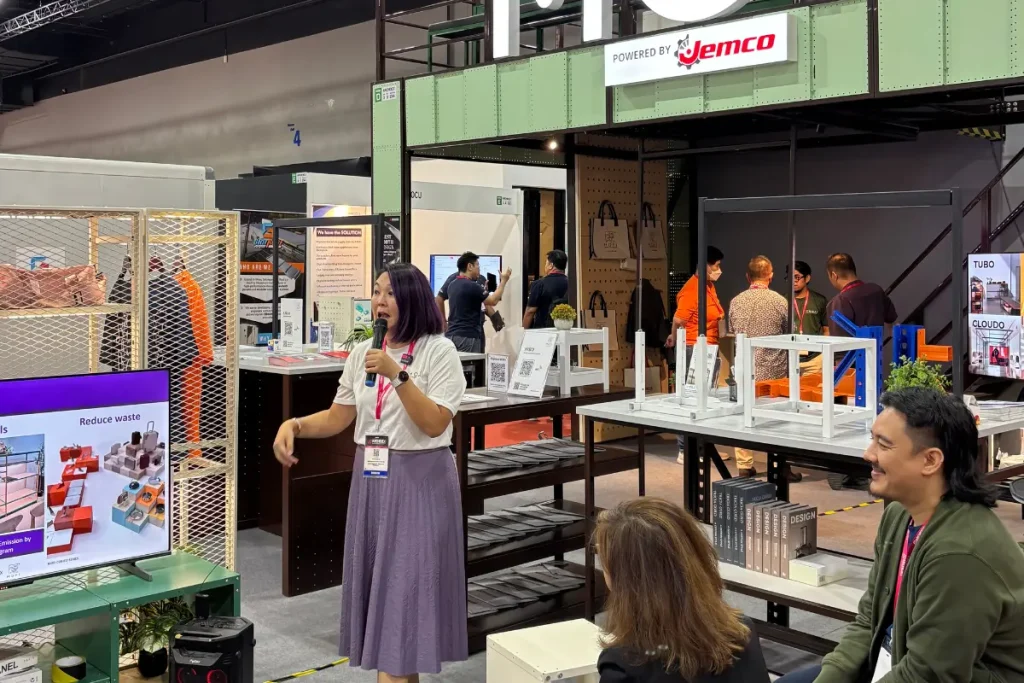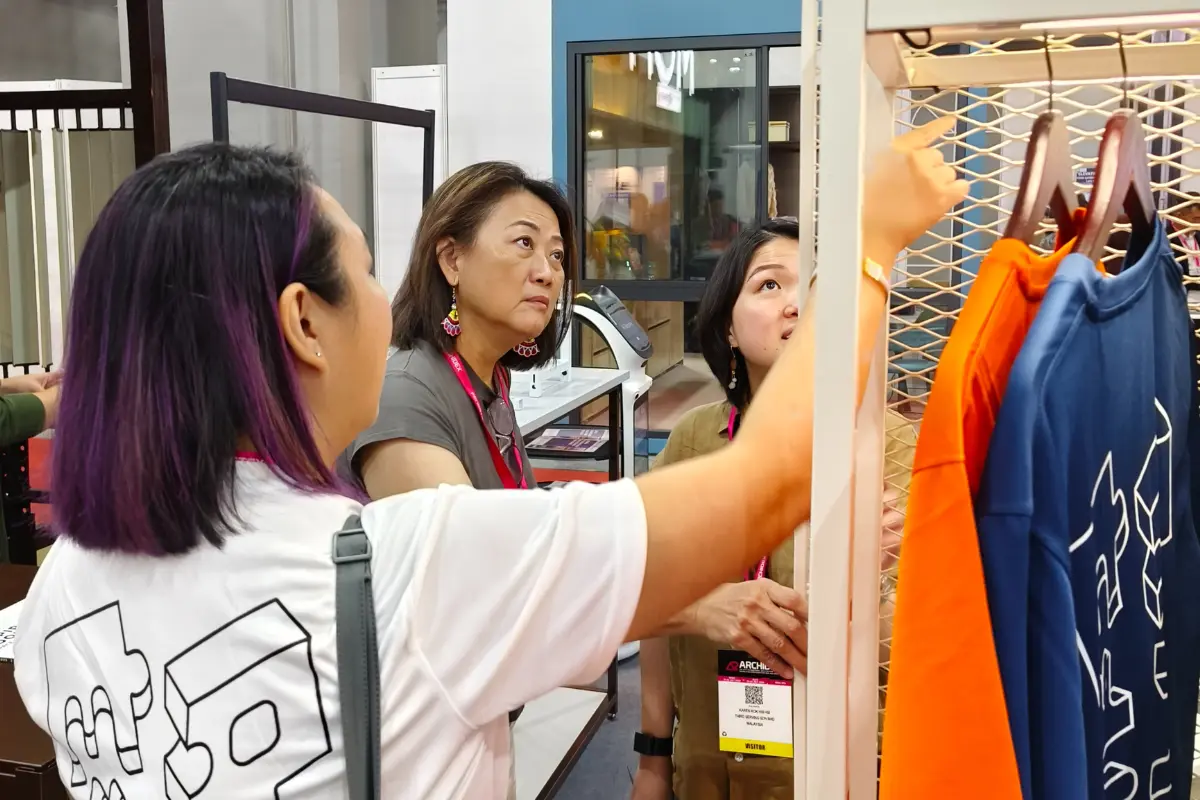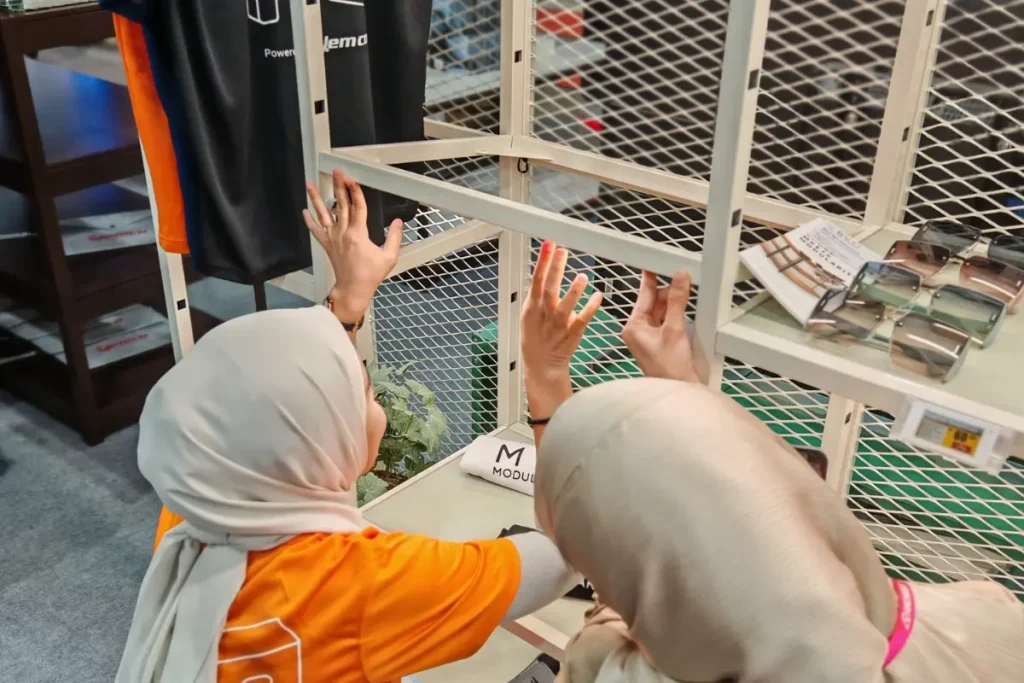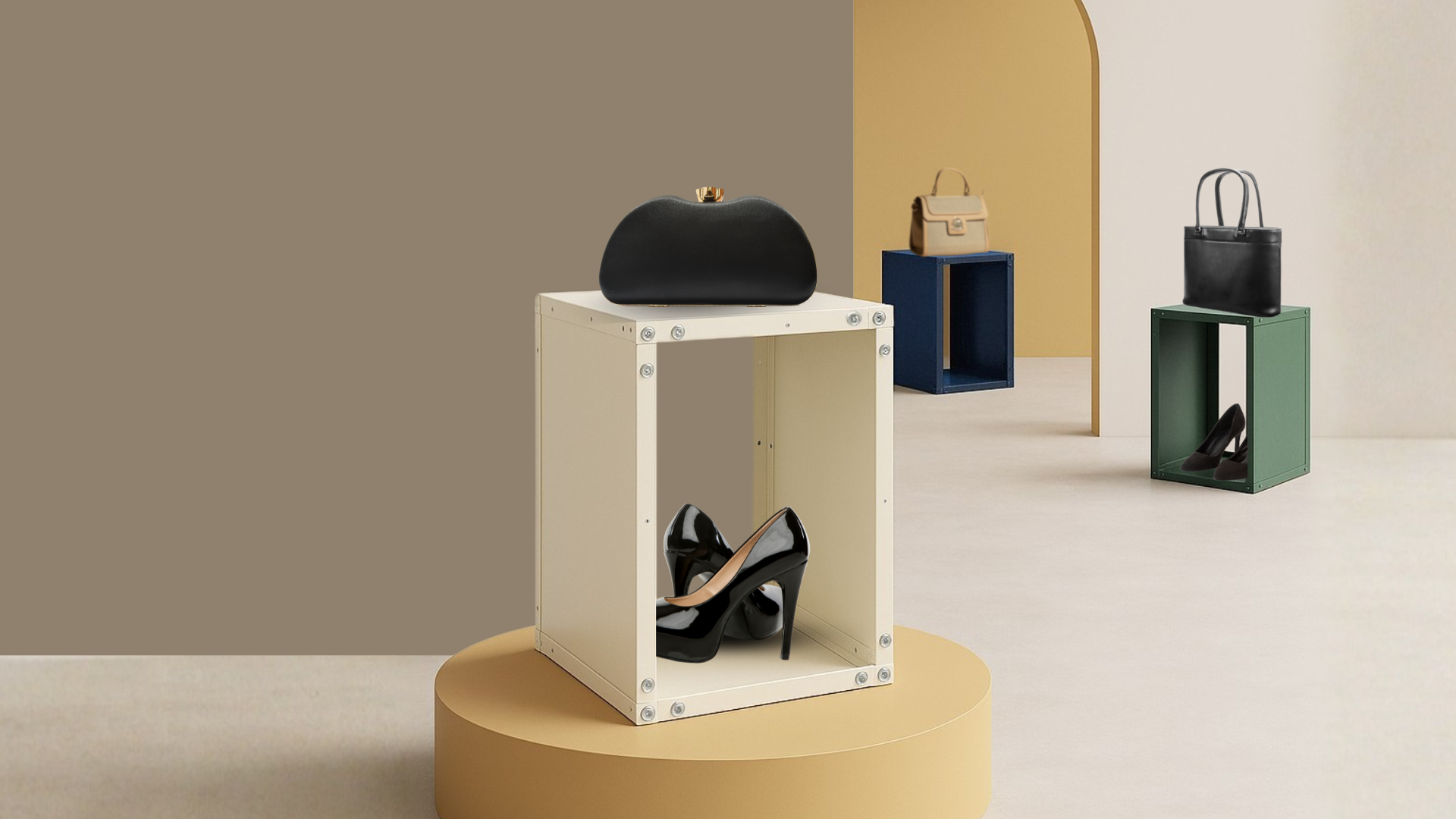Retail has always been about attracting customers, creating memorable experiences, and adapting to change. But in today’s fast-paced world, consumer behavior shifts faster than ever. For retailers, the ability to reconfigure store layouts and retail displays quickly is no longer just an advantage — it’s a necessity. This is where flexible, modular retail displays are redefining the future and proving why adaptability matters more than permanence.
Goodbye Permanent Fixtures, Hello Retail Displays
Traditionally, retail displays were built to last. They were heavy, permanent fixtures designed to stay in place for years. While durable, these displays lacked adaptability. When consumer preferences shifted or seasonal promotions ended, retailers were left with outdated setups and faced costly renovations to keep up.
Now, the trend is shifting toward modular and flexible display systems that allow quick reconfiguration without major investments. With these systems, retailers can adjust layouts, highlight new products, or refresh store designs seamlessly.
Why Flexibility Wins in Modern Retail Displays

1. Keeping Up with Trends
Fashion cycles, product launches, and seasonal campaigns demand agility. Customers expect something new each time they walk into a store, and retailers who cannot adapt quickly risk appearing outdated.
Flexible displays allow businesses to swap, rearrange, or resize fixtures in hours instead of weeks, ensuring stores stay visually fresh and relevant. This not only helps highlight new arrivals but also keeps shoppers engaged and encourages repeat visits.
2. Smarter Cost Control
Permanent fixtures often come with high upfront costs, followed by expensive renovations whenever updates are needed. In contrast, modular systems require an initial investment but can be reused and reconfigured repeatedly.
Over time, this significantly lowers costs, reduces renovation downtime, and allows retailers to get more value from each fixture. It is a smarter financial strategy that balances quality with long-term efficiency.


2. Smarter Cost Control
Permanent fixtures often come with high upfront costs, followed by expensive renovations whenever updates are needed. In contrast, modular systems require an initial investment but can be reused and reconfigured repeatedly.
Over time, this significantly lowers costs, reduces renovation downtime, and allows retailers to get more value from each fixture. It is a smarter financial strategy that balances quality with long-term efficiency.

3. Enhanced Customer Experience
Shoppers today are drawn to experiences, not just products. A store that feels dynamic, interactive, and updated regularly creates excitement and encourages longer visits.
Flexible displays let retailers redesign layouts to guide customer flow, spotlight trending products, or even create thematic zones. These small adjustments can transform the shopping trip, making it more enjoyable and memorable.
4. Eco-Friendly Displays
Retailers today are expected to support sustainability goals. Unlike permanent fixtures that often-become waste, modular displays can be reused and reconfigured.
This reduces rebuilding needs, minimizes waste, and supports greener retail practices — while also strengthening a brand’s reputation with eco-conscious customers.


4. Eco-Friendly Displays
Retailers today are expected to support sustainability goals. Unlike permanent fixtures that often-become waste, modular displays can be reused and reconfigured.
This reduces rebuilding needs, minimizes waste, and supports greener retail practices — while also strengthening a brand’s reputation with eco-conscious customers.
How Modular Retail Displays Lead the Future of Retail
Modular retail displays, like MOFI’s solutions, are designed to combine durability, adaptability, and style. Retailers can:
- Reconfigure shelving and racks with minimal tools.
- Adjust display heights or layouts for different product categories.
- Scale up or down based on store size or promotional needs.
This adaptability ensures that retail spaces remain relevant, attractive, and cost-effective, even as consumer behavior continues to evolve.
Looking Ahead: The Future of Retail Displays
The future of retail is flexible. With omnichannel shopping and experiential retail becoming more prominent, stores need displays that can transform quickly to meet new demands. Customers no longer shop only for products — they seek experiences that feel fresh, engaging, and tailored to them. Modular systems provide the adaptability to deliver these experiences, ensuring stores can evolve without costly or time-consuming overhauls.
More than just a smart solution for today, modular displays are an investment in long-term adaptability. They give retailers the freedom to adjust layouts, highlight trends, and create immersive experiences on demand. Those who embrace flexibility will not only reduce costs and waste but also stand out as industry leaders, ready to grow and evolve alongside their customers’ needs.
✅ Final Thought: In the world of retail, permanence is no longer the goal. Flexibility is the true foundation of future success.
👉 Ready to future-proof your retail space? Discover how MOFI’s modular display solutions can help you stay adaptable, sustainable, and ahead of the curve.

